
Powiedz znajomym o tym przedmiocie:
The crux
Charlotte Perkins Gilman
Zamówione z odległego magazynu
 Świąteczne prezenty można zwracać do 31 stycznia
Świąteczne prezenty można zwracać do 31 stycznia

Również dostępne jako:
- Paperback Book (2015) NZD 27,83
- Paperback Book (2014) NZD 27,83
- Paperback Book (2016) NZD 27,83
- Paperback Book (2017) NZD 29,40
- Paperback Book (2017) NZD 30,45
- Paperback Book (2016) NZD 30,98
- Paperback Book (2016) NZD 30,98
- Paperback Book (2017) NZD 33,08
- Paperback Book (2018) NZD 37,80
- Paperback Book (2015) NZD 39,90
- Paperback Book (2024) NZD 47,78
- Paperback Book (2003) NZD 49,35
- Paperback Book (2020) NZD 81,90
- Hardcover Book (2020) NZD 112,88
The crux
Charlotte Perkins Gilman
Long out of print, Charlotte Perkins Gilman's novel The Crux is an important early feminist work that brings to the fore complicated issues of gender, citizenship, eugenics, and frontier nationalism. First published serially in the feminist journal The Forerunner in 1910, The Crux tells the story of a group of New England women who move west to start a boardinghouse for men in Colorado. The innocent central character, Vivian Lane, falls in love with Morton Elder, who has both gonorrhea and syphilis. The concern of the novel is not so much that Vivian will catch syphilis, but that, if she were to marry and have children with Morton, she would harm the "national stock." The novel was written, in Gilman's words, as a "story . . . for young women to read . . . in order that they may protect themselves and their children to come." What was to be protected was the civic imperative to produce "pureblooded" citizens for a utopian ideal. Dana Seitler's introduction provides historical context, revealing The Crux as an allegory for social and political anxieties-including the rampant insecurities over contagion and disease-in the United States at the beginning of the twentieth century. Seitler highlights the importance of The Crux to understandings of Gilman's body of work specifically and early feminism more generally. She shows how the novel complicates critical history by illustrating the biological argument undergirding Gilman's feminism. Indeed, The Crux demonstrates how popular conceptions of eugenic science were attractive to feminist authors and intellectuals because they suggested that ideologies of national progress and U. S. expansionism depended as much on women and motherhood as on masculine contest.............. Charlotte Perkins Gilman ( also Charlotte Perkins Stetson (July 3, 1860 - August 17, 1935), was a prominent American feminist, sociologist, novelist, writer of short stories, poetry, and nonfiction, and a lecturer for social reform. She was a utopian feminist and served as a role model for future generations of feminists because of her unorthodox concepts and lifestyle. Her best remembered work today is her semi-autobiographical short story "The Yellow Wallpaper" which she wrote after a severe bout of postpartum psychosis. Early life: Gilman was born on July 3, 1860 in Hartford, Connecticut, to Mary Perkins (formerly Mary Fitch Westcott) and Frederic Beecher Perkins. She had only one brother, Thomas Adie, who was fourteen months older, because a physician advised Mary Perkins that she might die if she bore other children. During Charlotte's infancy, her father moved out and abandoned his wife and children, leaving them in an impoverished state. Since their mother was unable to support the family on her own, the Perkins were often in the presence of her father's aunts, namely Isabella Beecher Hooker, a suffragist, Harriet Beecher Stowe (author of Uncle Tom's Cabin) and Catharine Beecher. Her schooling was erratic: she attended seven different schools, for a cumulative total of just four years, ending when she was fifteen. Her mother was not affectionate with her children. To keep them from getting hurt as she had been, she forbade her children to make strong friendships or read fiction. In her autobiography, The Living of Charlotte Perkins Gilman, Gilman wrote that her mother showed affection only when she thought her young daughter was asleep. Although she lived a childhood of isolated, impoverished loneliness, she unknowingly prepared herself for the life that lay ahead by frequently visiting the public library and studying ancient civilizations on her own. Additionally, her father's love for literature influenced her, and years later he contacted her with a list of books he felt would be worthwhile for her to read. Much of Gilman's youth was spent in Providence, Rhode Island. What friends she had were mainly male, and she was unashamed, for her time, to call herself a "tomboy."........
| Media | Książki Paperback Book (Książka z miękką okładką i klejonym grzbietem) |
| Wydane | 24 września 2017 |
| ISBN13 | 9781977590909 |
| Wydawcy | Createspace Independent Publishing Platf |
| Strony | 96 |
| Wymiary | 203 × 254 × 5 mm · 208 g |
| Język | English |
Więcej od Charlotte Perkins Gilman
Inni również kupili
Więcej z tej serii
Zobacz wszystko od Charlotte Perkins Gilman ( np. Paperback Book , Hardcover Book , Book , CD i Sewn Spine Book )


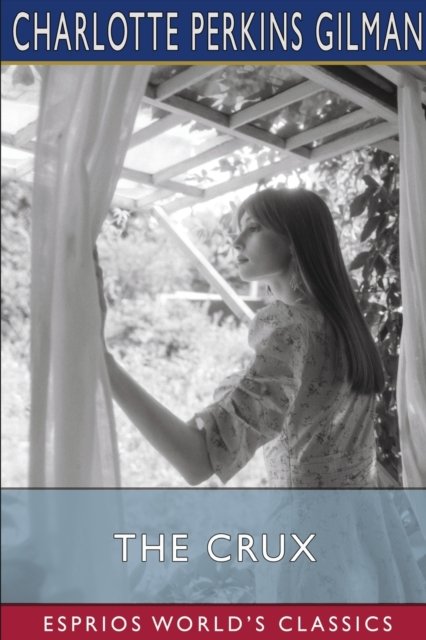
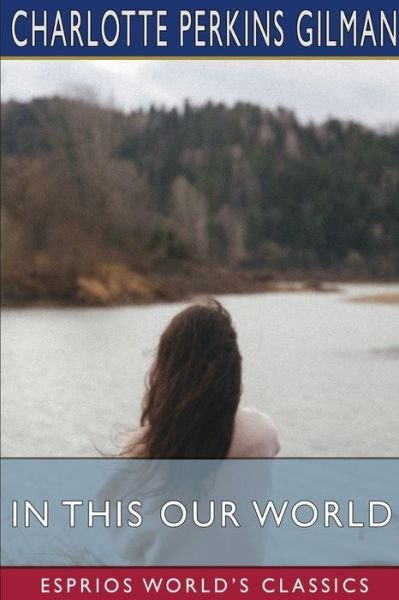

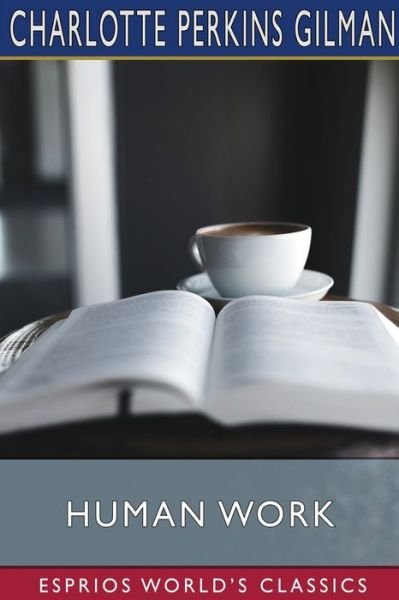

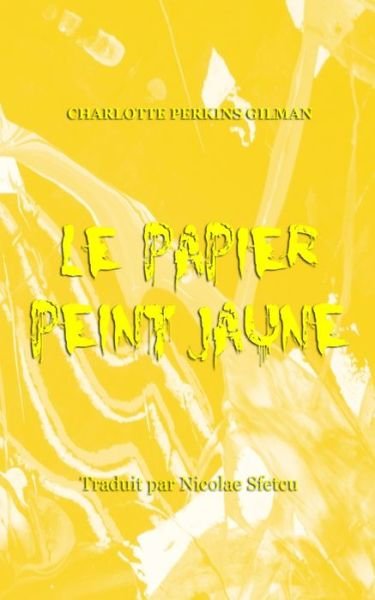
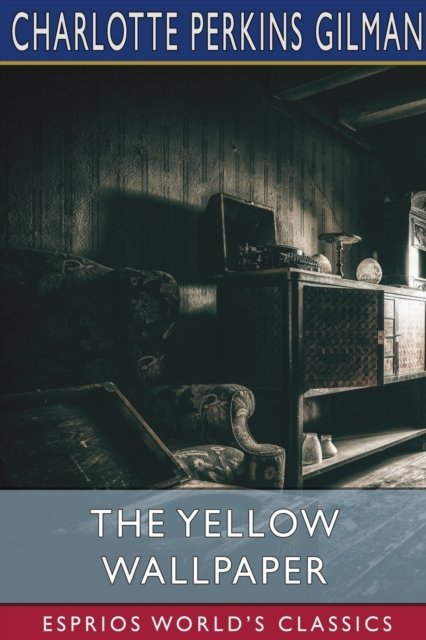
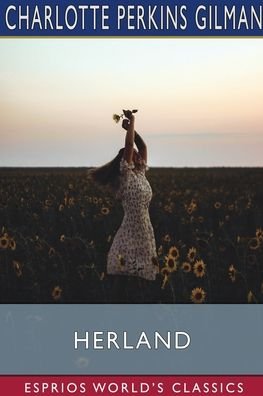
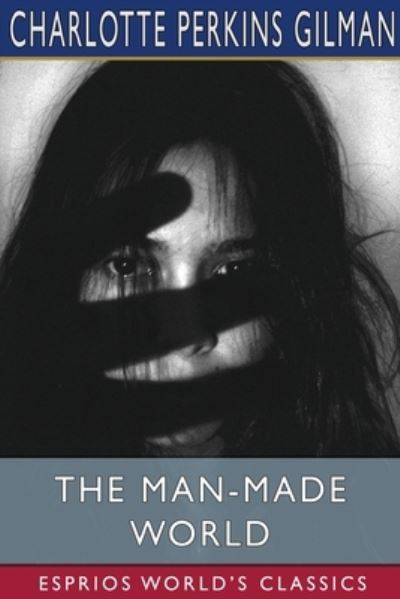
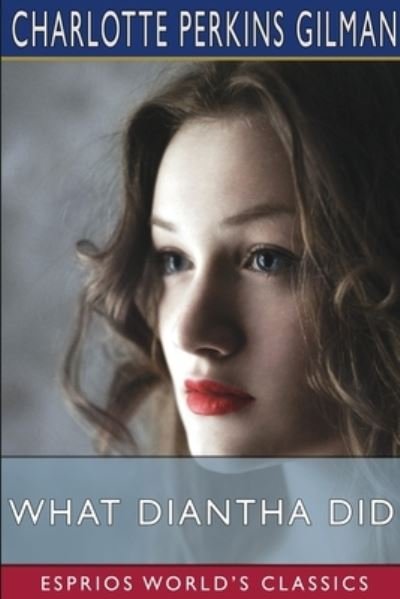

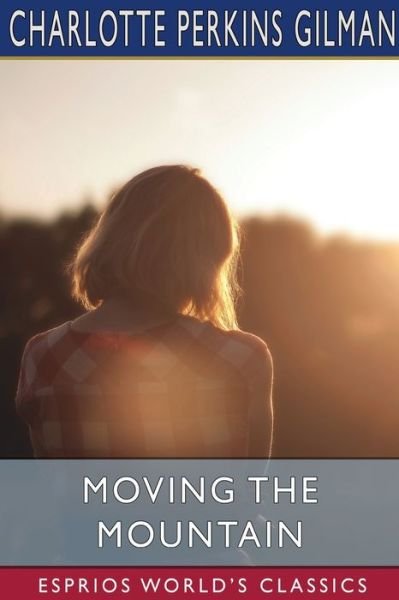




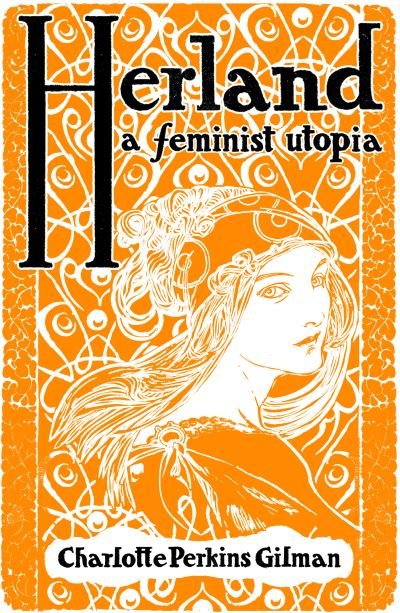
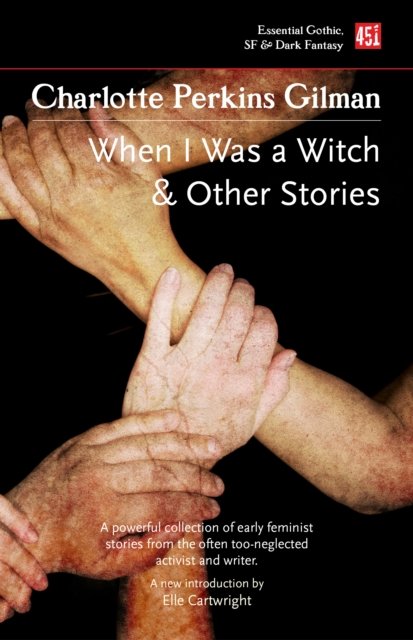
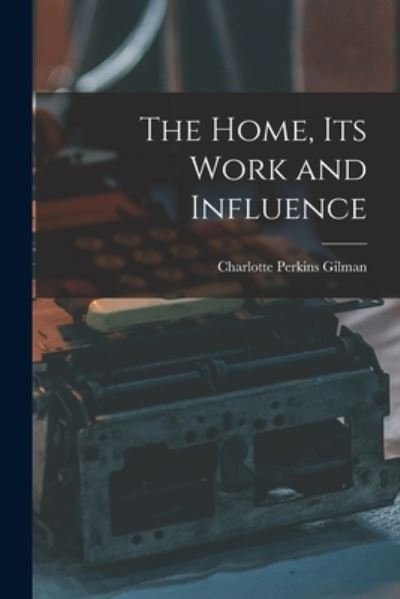

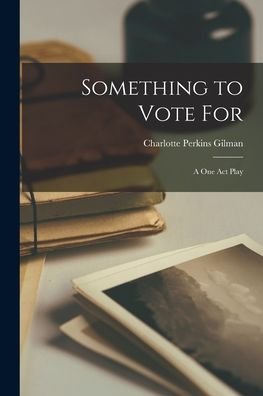

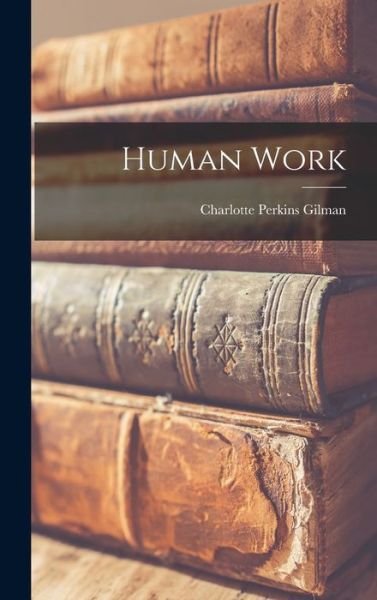
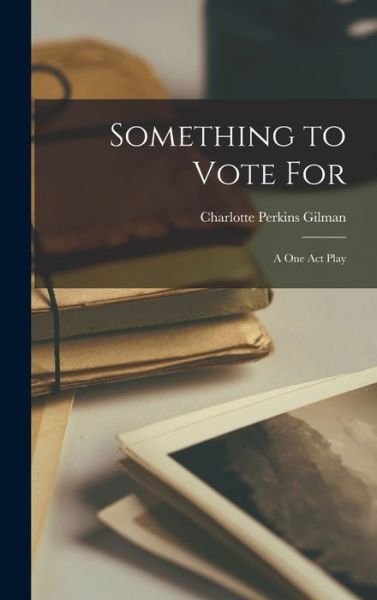
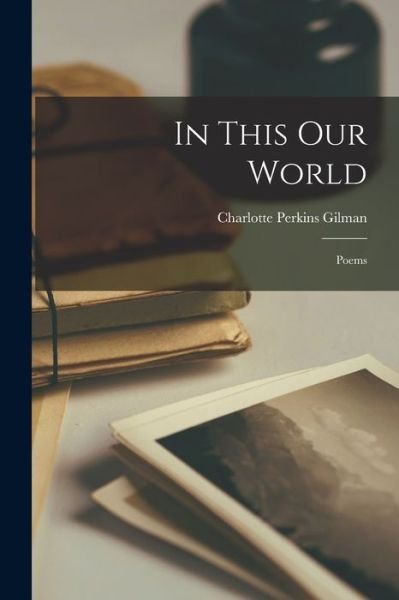
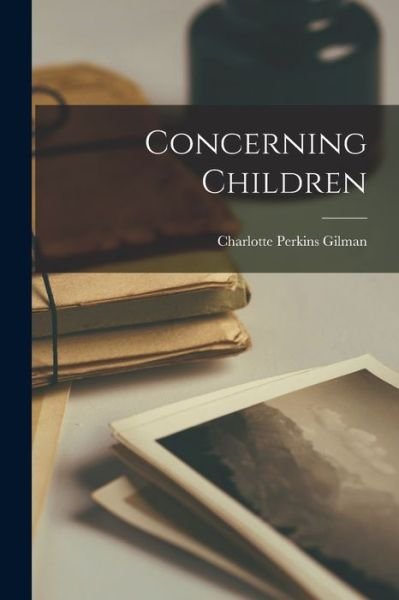


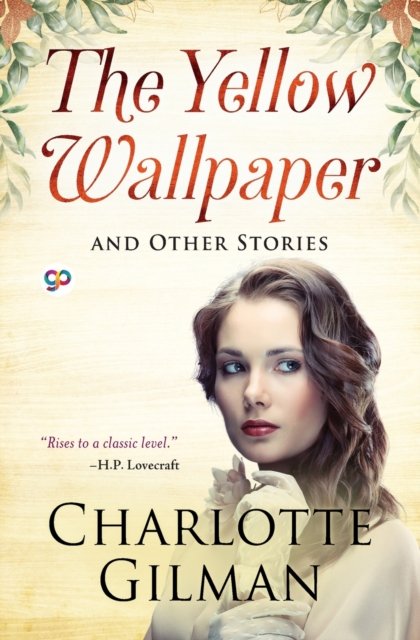

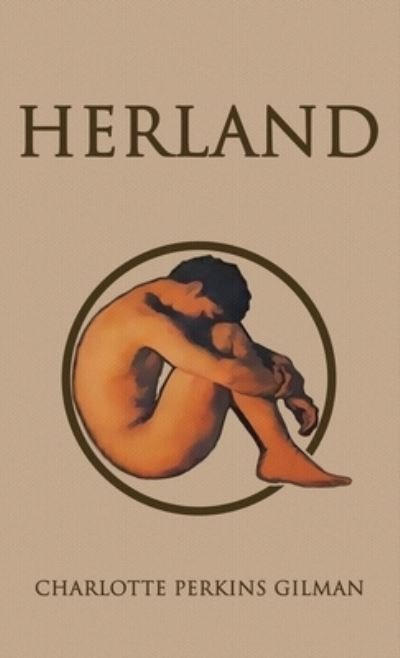
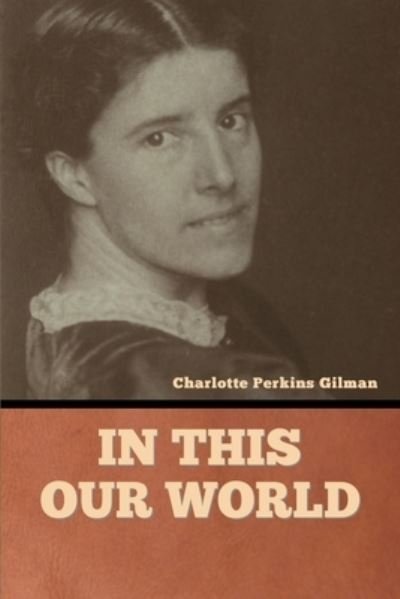
![Cover for Astrid Ehrencron-Kidde · Serie for Grotesker: Det sukker så tungt udi skoven (Sewn Spine Book) [1. wydanie] (2018)](https://imusic.b-cdn.net/images/item/original/265/9788799617265.jpg?astrid-ehrencron-kidde-2018-serie-for-grotesker-det-sukker-saa-tungt-udi-skoven-sewn-spine-book&class=scaled&v=1520110459)
![Cover for Sigurd Mathiesen · Serie for grotesker: Unge sjæle (Sewn Spine Book) [1. wydanie] (2021)](https://imusic.b-cdn.net/images/item/original/003/9788794025003.jpg?sigurd-mathiesen-2021-serie-for-grotesker-unge-sjaele-sewn-spine-book&class=scaled&v=1612912669)
![Cover for May Sinclair · Udenlandsk fugl: Krystallens defekt (Sewn Spine Book) [1. wydanie] (2023)](https://imusic.b-cdn.net/images/item/original/352/9788794026352.jpg?may-sinclair-2023-udenlandsk-fugl-krystallens-defekt-sewn-spine-book&class=scaled&v=1680185942)
![Cover for Alfred Kubin · Udenlandsk fugl: Den anden side (Bound Book) [1. wydanie] (2024)](https://imusic.b-cdn.net/images/item/original/376/9788794026376.jpg?alfred-kubin-2024-udenlandsk-fugl-den-anden-side-bound-book&class=scaled&v=1715440322)
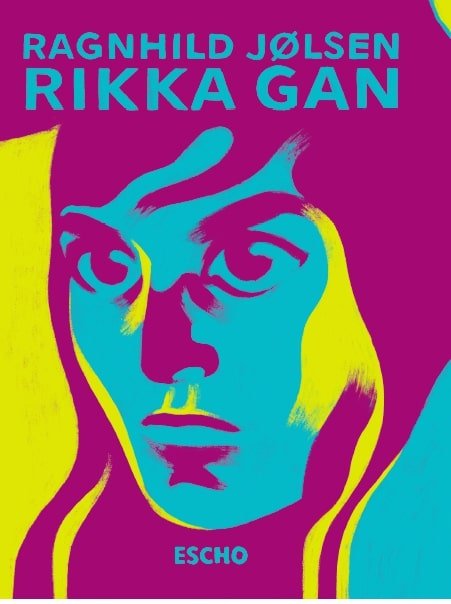
![Cover for Agota Kristof · Det er lige meget (Sewn Spine Book) [1. wydanie] (2023)](https://imusic.b-cdn.net/images/item/original/095/9788794134095.jpg?agota-kristof-2023-det-er-lige-meget-sewn-spine-book&class=scaled&v=1679669209)
![Cover for Preben Major Sørensen · Helvedsgavlen (Sewn Spine Book) [1. wydanie] (2020)](https://imusic.b-cdn.net/images/item/original/189/9788797014189.jpg?preben-major-soerensen-2020-helvedsgavlen-sewn-spine-book&class=scaled&v=1580241738)
![Cover for Astrid Ehrencron-Kidde · Serie for grotesker: Der hvor skyggerne faldt (Sewn Spine Book) [1. wydanie] (2020)](https://imusic.b-cdn.net/images/item/original/697/9788797083697.jpg?astrid-ehrencron-kidde-2020-serie-for-grotesker-der-hvor-skyggerne-faldt-sewn-spine-book&class=scaled&v=1595141144)
![Cover for Stefan Zweig · Rosinantes Klassikerserie: Verden af i går, klassiker (Sewn Spine Book) [1. wydanie] (2013)](https://imusic.b-cdn.net/images/item/original/935/9788763827935.jpg?stefan-zweig-2013-rosinantes-klassikerserie-verden-af-i-gaar-klassiker-sewn-spine-book&class=scaled&v=1398095011)
![Cover for Lisanne Wilken · Bourdieu for begyndere (Sewn Spine Book) [2. wydanie] (2011)](https://imusic.b-cdn.net/images/item/original/982/9788759314982.jpg?lisanne-wilken-2011-bourdieu-for-begyndere-sewn-spine-book&class=scaled&v=1322348405)

![Cover for Sylvia Plath · Ariel (Hardcover Book) [Main edition] (2010)](https://imusic.b-cdn.net/images/item/original/311/9780571259311.jpg?sylvia-plath-2010-ariel-hardcover-book&class=scaled&v=1396190356)
![Cover for Kirsten Thorup · Gyldendals Gavebøger: Bonsai (Hardcover Book) [2. wydanie] [Hardback] (2001)](https://imusic.b-cdn.net/images/item/original/888/9788700755888.jpg?kirsten-thorup-2001-gyldendals-gaveboeger-bonsai-hardcover-book&class=scaled&v=1361919623)
![Cover for Elle Kennedy · Off Campus: Aftalt spil (Sewn Spine Book) [1. wydanie] (2016)](https://imusic.b-cdn.net/images/item/original/758/9788702201758.jpg?elle-kennedy-2016-off-campus-aftalt-spil-sewn-spine-book&class=scaled&v=1456773570)
![Cover for Stephen Cooper · The John Fante Reader (Paperback Book) [Reprint edition] (2016)](https://imusic.b-cdn.net/images/item/original/487/9780060959487.jpg?stephen-cooper-2016-the-john-fante-reader-paperback-book&class=scaled&v=1408432125)




